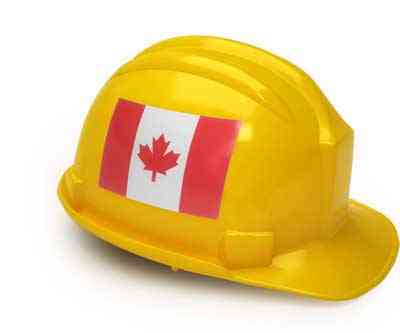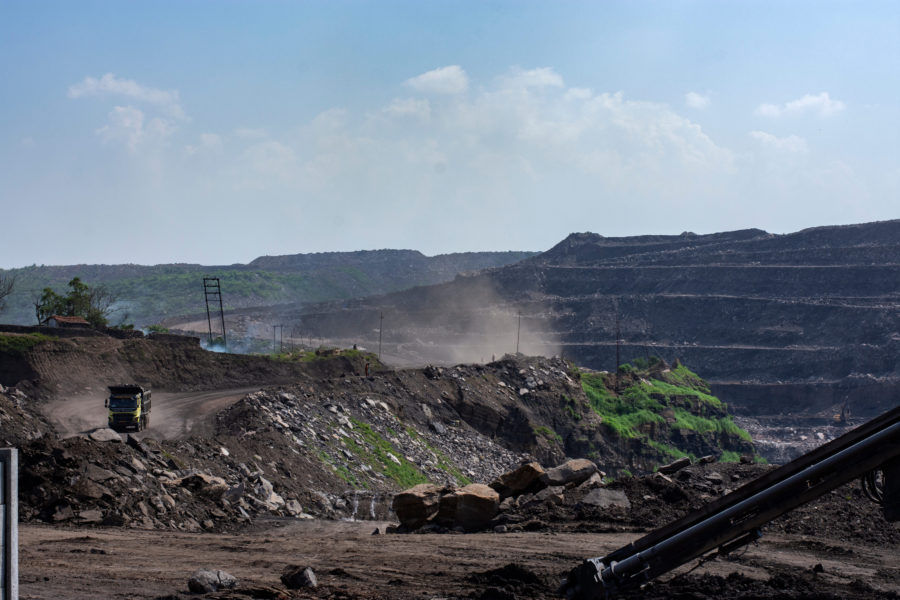Mining industry has paid Canada $71 billion in last ten years

The Mining Association of Canada (MAC) released Tuesday its annual report on mining industry payments to Canadian governments, prepared by ENTRANS Policy Research Group. Now in its tenth year of publication, the report found mining payments to federal and provincial government coffers total an estimated $71 billion from 2003 to 2012 in aggregate mining taxes and royalties, corporate income taxes and personal income taxes paid by mining sector employees.
“The importance of this report is that it quantifies one of the mining industry’s many significant economic contributions to Canadians both nationally and regionally. The royalties, taxes and other payments made to governments by the industry ultimately go towards supporting critical government services like health care, education and the building of infrastructure,” said Pierre Gratton, MAC’s President and CEO. “This impressive amount of more than $70 billion over the past decade also underscores the importance of mining in Canada as both a major employer across the country and significant contributor to the Canadian economy.”
The decade-long data shows that while payments can fluctuate from year to year due to the cyclical nature of the business—at times significantly—the overall contribution to governments is huge and the trend over the past decade is positive. The most recent data for 2012 showed an overall year-over-year decline in mining payments to an estimated $6.6 billion in 2012 from approximately $8.3 billion in 2011. This decline can be largely attributed to the challenging economic environment miners faced last year and the price declines experienced for the majority of major minerals.
Despite this decline, the $6.6 billion figure is still well above the $4.1 billion paid by industry in 2003. Payments peaked at a staggering $10.5 billion in 2008 before dropping to $4.9 billion in 2009 as a result of the global recession. As the mining industry recovered, payments moved upwards in tandem, reaching $8.3 billion in 2011.
In 2012, there was a decrease of approximately $820 million in royalties and mining taxes paid compared to 2011, as well as an estimated decrease of corporate income taxes (CIT) from $2.4 billion in 2011 to $1.2 billion in 2012 (based on current, incomplete CIT data for 2012). Interestingly, however, 2012 saw a significant increase in the sector’s personal income taxes in 2012 – $290 million or 15 per cent. This increase is a result of the mining industry’s role as a major, high-paying employer in Canada. In 2012, the sector experienced strong employment growth of approximately 6,700 new mining jobs and equally robust annual earnings increases.
According to Natural Resources Canada, the Canadian mining industry employed more than 418,000 workers across the country in 2012 – representing one in every 41 Canadian jobs. Moreover, mining workers earn the highest wages and salaries of all industrial sectors in Canada. The average weekly pay for a mining worker in 2012 was $1,599, which surpassed the earnings of workers in forestry, manufacturing, finance and construction.
“This report helps demonstrate that a strong and growing mining industry is good news for Canadians through the significant payments that flow from the industry to governments, as well as in jobs, business development and community investments. For the Canadian mining industry to continue its contributory role, however, it must have access to a regulatory and economic environment that allows it to stay competitive, especially when there is still uncertainty in the global economy,” said Gratton.
To view the report, please visit www.mining.ca.
More News
Gates, Bezos-backed critical minerals explorer to ‘go big’ on Congo – report
April 27, 2025 | 08:27 am
{{ commodity.name }}
{{ post.title }}
{{ post.date }}



Comments